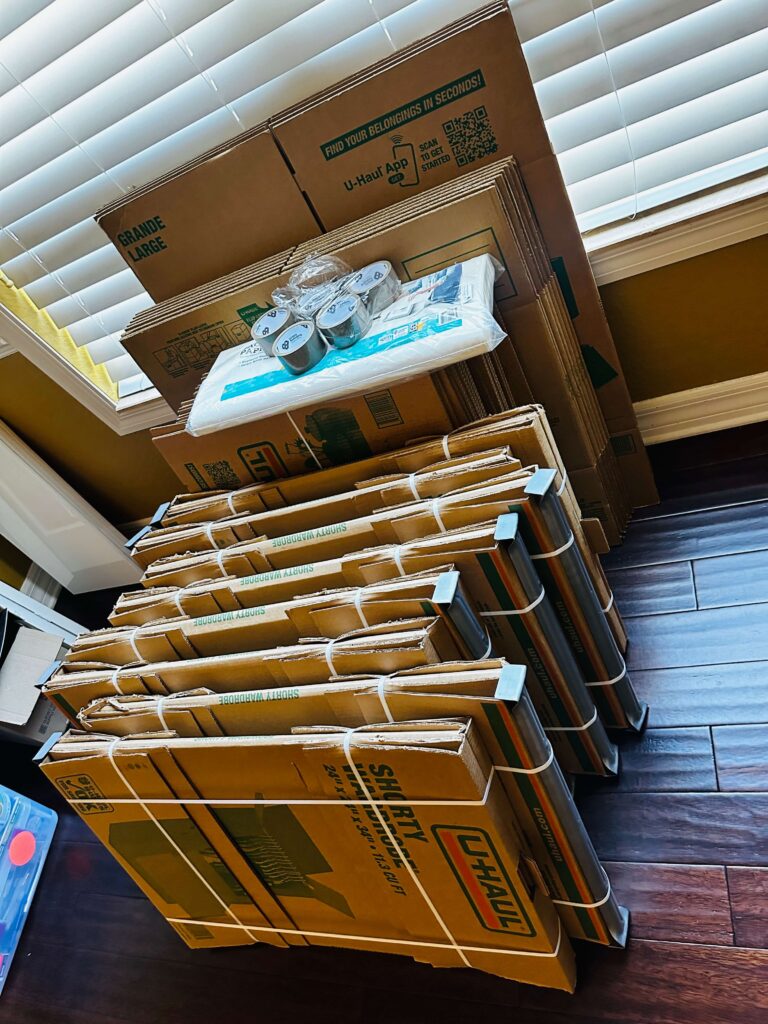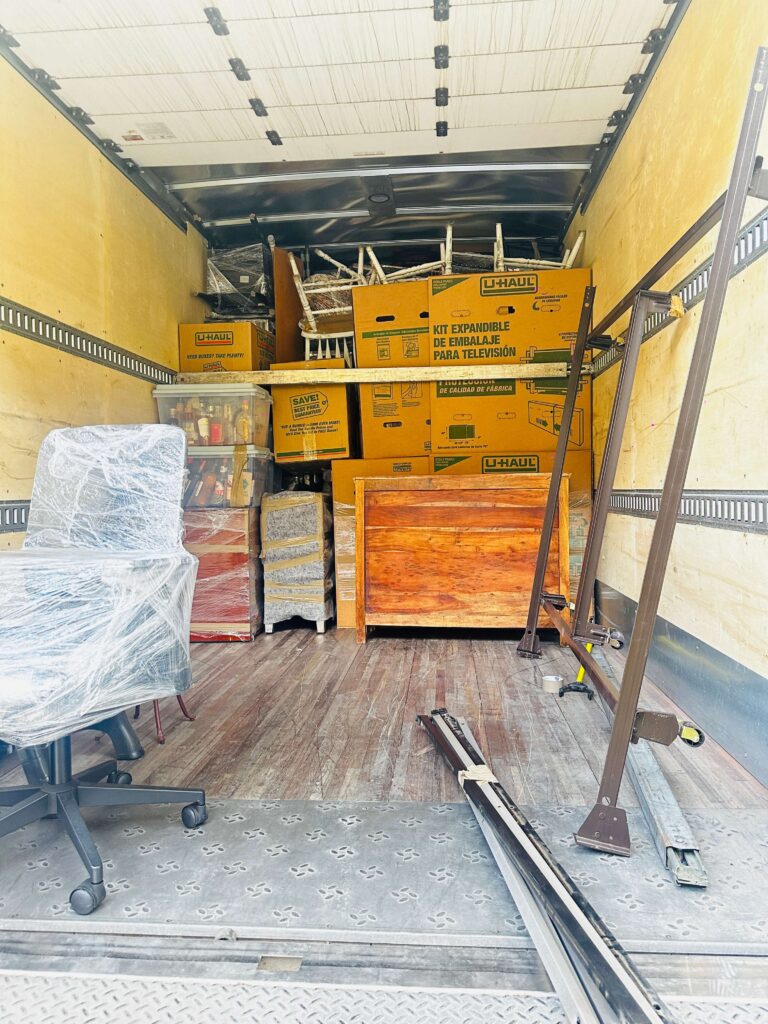Remember the time when you finally moved out of your parents’ house and swore you’d never go back? Well, fast forward to 2025—and now everyone’s moving back together. But not because they have to. More families are embracing the idea of multi-generational living, and moving companies are seeing a major shift in how homes are packed, planned, and set up.
From grandparents helping raise grandkids, to adult children moving in to support aging parents, the trend is clear: family is making a comeback under one roof. But with bigger households come bigger moves—and new challenges.
So, what’s driving this trend, and how can families and moving companies prepare for it?
What’s Causing the Rise in Multi-Generational Moves?
Multi-generational living isn’t new—but in 2025, it’s booming again, especially in the U.S.
According to the Pew Research Center, nearly 20% of U.S. households in 2025 are multi-generational, the highest level since the 1950s. Several factors are fueling this resurgence:

1. Skyrocketing Housing Costs:
With home prices still outpacing incomes in many cities, families are pooling resources to afford better living conditions together.
2. Aging Baby Boomers:
As health care costs rise and elder care becomes more expensive, many seniors are moving in with their children rather than opting for retirement communities or nursing homes.
3. Childcare Needs:
Young families are bringing grandparents into the home to help with childcare—while grandparents get the benefit of close-knit family life and support.
4. Remote Work Flexibility:
With more adults working from home, families are more open to living together if it means more space, lower costs, and shared responsibilities.
What This Means for Moving Logistics
Moving one household is hard enough. Moving two or three at once? That’s a different ballgame.
Here’s how moving companies (and families) are adjusting:
Coordinated Packing and Labeling
With multiple generations often combining their furniture, belongings, and boxes, smart labeling is crucial. Movers now recommend color-coded stickers by family member or generation—red for Grandma, blue for the kids, green for Mom and Dad, and so on.
This helps:
• Avoid confusion when unpacking
• Prevent duplicate items (yes, there will be more than one coffee maker)
• Keep sentimental or essential items clearly marked
Larger Trucks and Multiple Stops
It’s common for a multi-gen move to involve more than one starting point—maybe Grandma’s house, a storage unit, and an apartment all need to be consolidated. Movers today often plan staggered pickups with multiple trucks or offer extended service days.
Furniture Decisions: Who’s Bringing What?
Before the move, families are advised to hold a “household summit.” That means going over furniture and appliances and deciding:
• Who’s keeping what
• What will be sold or donated
• What fits in the new space
This avoids post-move clashes over whose couch stays in the living room.
Home Design Considerations in 2025
Today’s homes are becoming more adaptable for multi-generational living, and families are seeking properties (or modifying existing ones) with features like:
• Separate entrances or in-law suites
• Finished basements or converted garages
• Dual kitchens or kitchenettes
• Additional bathrooms
• Soundproofed rooms
• Smart home devices to manage zones independently
Some new construction homes in 2025 even come with pre-built “multi-gen modules”—essentially mini apartments under one roof.
Emotional Dynamics to Prepare For
Bringing everyone under one roof has its perks, but it also brings personality clashes, generational habits, and lifestyle differences.
Tips for a smoother emotional transition:
• Set clear boundaries around privacy and shared responsibilities
• Create quiet zones and individual spaces, even if small
• Agree on rules for guests, chores, noise, and screen time
• Be open to compromise: what works for a 70-year-old may not work for a toddler
It’s also helpful to hold regular family meetings—especially during and after the move—to check in and make adjustments.
The Moving Company’s Role in Multi-Gen Moves
Moving companies that understand the complexity of these situations offer services like:
• Pre-move consultations with the entire family
• Custom packing plans for separate sets of belongings
• White-glove setup so older adults don’t have to lift a finger
• Storage options for overflow or downsizing
• Furniture disassembly/reassembly especially helpful when combining multiple homes
Some movers now even offer senior move coordinators to assist with packing delicate or sentimental items, and to support emotional transitions.
Multi-generational living today isn’t just a trend—it’s a smart, sustainable, and deeply human solution to modern challenges. It offers emotional closeness, financial savings, and the kind of community support many families are craving in today’s world.
But when it comes to moving? It takes planning, patience, and the right team to make it work.
Whether you’re merging households or preparing to welcome loved ones into your home, the moving process doesn’t have to be overwhelming. With thoughtful preparation and a moving company that understands your unique needs, the journey to living together can be just as smooth as the life you’ll build under one roof.

